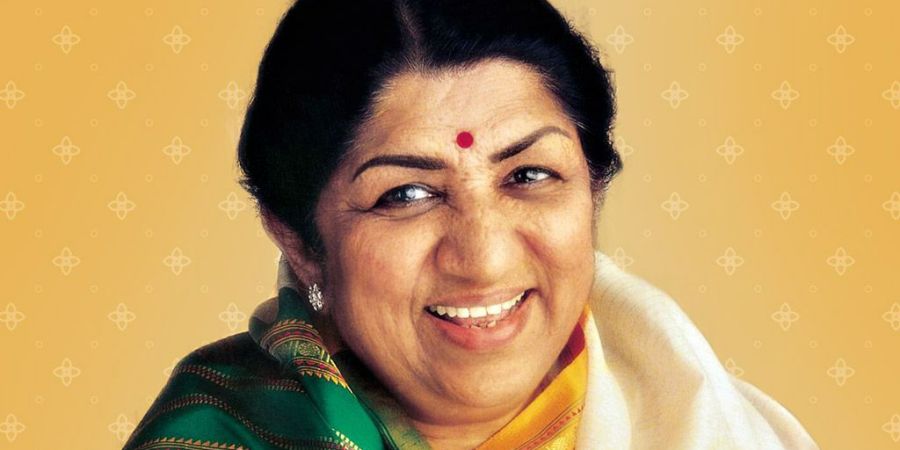

Lata Mangeshkar, (born September 28, 1929, Indore, British India—died February 6, 2022, Mumbai, India), legendary Indian playback singer noted for her unique voice and a vocal range that prolonged over extra than three octaves. Her profession spanned nearly six decades, and he or she recorded songs for the soundtracks of extra than 2,000 Indian films. Mangeshkar’s father, Dinanath Mangeshkar, become a stated Marathi level persona popularly known as Master Dinanath. Lata, who become the eldest of five siblings, turned into added to music at an early age. She recorded her first track at age thirteen for Vasant Joglekar’s Marathi film Kiti Hasaal, although her track did no longer make the very last edit. Mangeshkar changed into educated from age 5 through her father, a disciple of the Gwalior gharana (a community of performers who proportion a extraordinary musical fashion), and she become also tutored by using maestros which includes Aman Ali Khan Sahib and Amanat Khan. As a teen she struggled to help assist her circle of relatives and to establish herself as a playback singer in the Hindi film industry of the Forties, at a time when the career became ruled through such divas as Shamshad Begum and Noor Jehan. After Mangeshkar recorded the hit “Uthaye ja unke sitam” in Andaz (1949), her destiny become sealed. From that factor on she voiced the musical parts for each important main girl, representing every era of Hindi cinema from Nargis and Waheeda Rehman to Madhuri Dixit and Preity Zinta. Music administrators such as Naushad Ali, Madan Mohan, and S.D. Burman composed tunes particularly to exploit the capability of her extensive-ranging soprano. Mangeshkar’s making a song contributed a awesome deal to the commercial fulfillment of such films as Mahal (1949), Barsaat (1949), Satyam shivam sundaram (1978), and Maine pyar kiya (1989). Notable amongst her concert performances turned into her wartime rendition of the poet Pradeep’s patriotic tune “Ae mere watan ke emblem,” which moved Indian Prime Minister Jawaharlal Nehru to tears.In 1991 Mangeshkar become credited with having made 30,000 solo, duet, and refrain-sponsored track recordings in 14 Indian languages between 1948 and 1987. She received four Filmfare awards (Filmfare is a cited Indian movie magazine) for her tune “Aaja re pardesi” from the film Madhumati (1958), for “Kahin deep jale kahin dil” from Bees saal baad (1962), for “Tumhi mere mandir” from the movie Khandaan (1965), and for “Aap mujhe acchhe lagne lage” from the film Jeene ki raah (1969). She became awarded the Padma Vibhushan, considered one of India’s maximum civilian honours, in 1999, and years later she became only the second one film movie star (the first changed into Satyajit Ray in 1992) to get hold of the Bharat Ratna (2001), India’s maximum civilian award for performance of the highest order in any discipline. Mangeshkar’s sister Asha Bhosle changed into additionally a noted playback singer.




